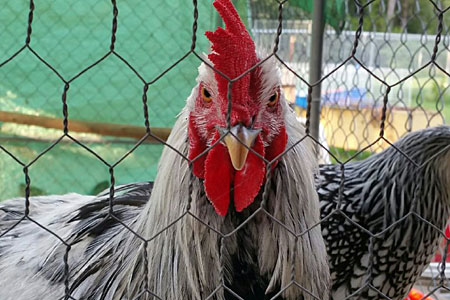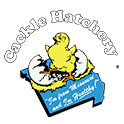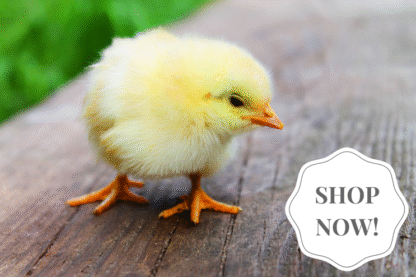
The word “chicken wire” implies wire that is excellent for use around chickens. Nothing could be further from the truth.
What Is Chicken Wire?
Chicken wire — also known as hexagonal netting, hex net, hex wire, or poultry netting — has been around since the mid 1800s. It consists of strands of thin wire twisted and woven together into a series of one-inch diameter hexagons, giving it the appearance of a honeycomb.
Why People Use It
Chicken wire is flexible and easy to use. It’s also cheap compared to sturdier types of wire mesh. However, all the necessary support to make it sufficiently tight, especially for a secure fence, increases the cost. Further, it has a short useful life.
Don’t expect it to last more than five years, if that long. And during that time it tears easily, making it easier for predators to penetrate and possibly causing injury to chickens. It therefore requires constant inspection, maintenance, and repair.
It’s Not Predator Safe
Because chicken wire is thin and lightweight, many predators can easily tear it or chew through it. And the large mesh openings won’t keep out predators and pests that are small enough to slip through, such as weasels, rodents, and egg-eating snakes.
It Rusts Easily
Chicken wire rusts easily, especially in a wet climate or when it is in contact with soil. Galvanized chicken wire has a protective coating to minimize rust. But even galvanized chicken wire doesn’t last as long as sturdier types of fence.
Further, some brands are galvanized before being woven, some afterward. The former is cheaper but rusts more rapidly unless it is under cover from the weather.
Plastic-coated wire is a bit more rust resistant. All-plastic versions are also available that don’t rust. But they are even less predator proof than metal wire.
It Doesn’t Always Contain Chickens
Chicks and other baby poultry can pop right through chicken wire. Even bigger chickens can get hurt poking a head or foot through the wire. And many a bird has had a head or foot pulled through the wire and bitten off by a predator — typically a raccoon.
What It’s Good For
While chicken wire doesn’t keep out predators, it has its use as a divider within a secure coop. You could use it to separate newly introduced chickens, young birds, and different breeds or species. Or you can use it to isolate injured or bullied chickens without entirely separating them from the flock.
Another use is as a barrier to keep the flock out of your garden or flower bed. And attached over a run it will keep out hawks and other raptors. But it won’t keep out raccoons and other large animals that might climb on top and break through.
Alternatives to Chicken Wire
Selecting an alternative to chicken wire depends on how averse you are to losing birds. Fence selection also depends on the type of predators and pests you most need to exclude.
Hardware cloth is more expensive than chicken wire, but lasts longer and requires less frequent repair. And it works well to keep out a wider range of predators.
Compared to chicken wire, hardware cloth has either square or rectangular openings and consists of a heavier gauge welded wire. The smaller the gauge number, the thicker, stronger, and more durable the hardware cloth is.
A lot of chicken keepers opt for hardware cloth with 1/2-inch openings, because it’s less expensive. But it won’t keep out smaller rodents and snakes. For that you need 1/4-inch mesh, which is even more expensive.
Galvanized hardware cloth resists rust and can last 20 years. A PVC coating offers even more protection from rust-causing moisture. Coated wire is therefore more suitable than chicken wire for an apron fence around the run.
Definitely use hardware cloth to cover all coop windows and ventilation openings. And, if you can bear the expensive, you could use it to fence the entire run, including the top.
Other alternatives for fencing a chicken run include small-mesh welded or twisted wire fencing — also called field fencing — or even more expensive chain link. Augmentation with electric offset wires around the outside prevents predators from slipping through or climbing over.
And that’s today’s news from the Cackle Coop.
Gail Damerow has written several books about keeping poultry, many of them available from the Cackle Bookstore.

